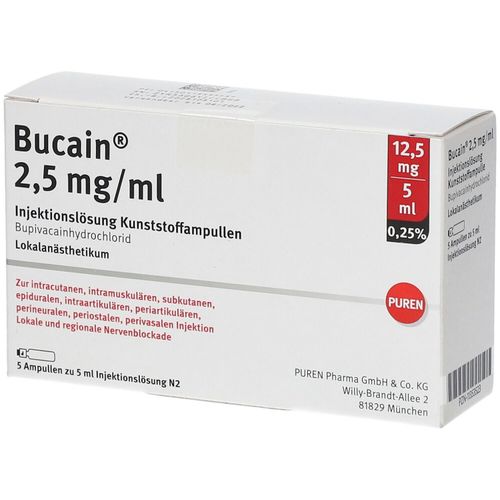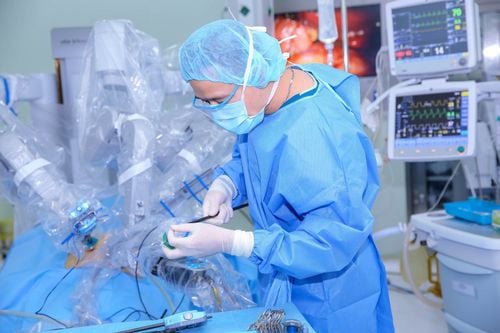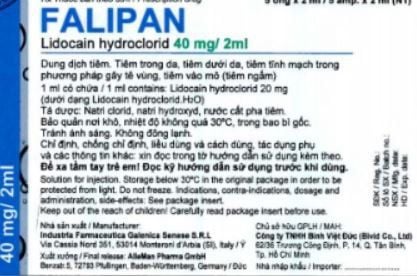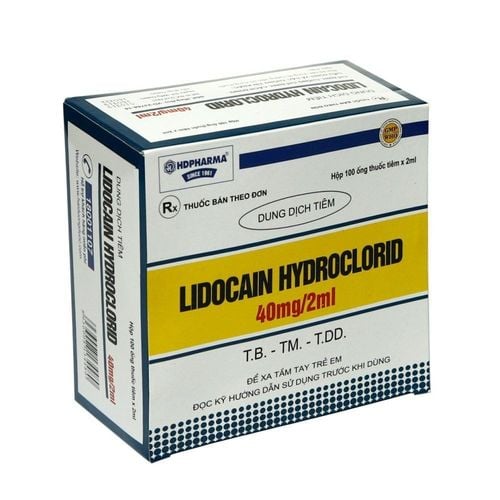This is an automatically translated article.
The article was professionally consulted by Specialist Doctor I Nguyen Xuan Tinh - Anesthesiologist - Resuscitation - Department of General Surgery - Vinmec Phu Quoc International General Hospital. Doctor Nguyen Xuan Tinh has more than 18 years of experience studying and working in the field of Anesthesia - Resuscitation.Spinal anesthesia for surgery to treat bilateral inguinal hernia is an anesthetizing method that is currently widely used with high efficiency and few complications and complications before, during and after surgery.
1. Spinal anesthesia What is inguinal hernia surgery?
Spinal anesthesia for surgery to treat bilateral inguinal hernia is an anesthetic method that numbs the area by injecting local anesthetic into the subarachnoid space to temporarily inhibit nerve impulse conduction through the spinal cord, thereby responding to the need for anesthesia during inguinal hernia surgery and postoperative pain relief.This method of anesthesia is applied in cases where surgery is required to treat bilateral inguinal hernia as well as reduce postoperative pain. However, this technique still has contraindications including:
Patients who do not agree to receive spinal anesthesia. History of allergy to anesthetics. Shock, untreated volume deficit, well controlled. Infection of the spinal anesthesia site. Coagulopathy or discontinuation of anticoagulants for the required time. Narrowing of the mitral or aortic valve. Increased intracranial pressure.
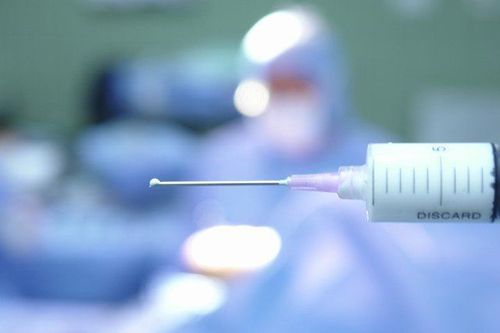
2. What to prepare before spinal anesthesia for treatment of bilateral inguinal hernia?
The person performing the spinal anesthesia Anesthesiologist is an anesthesiologist who has been trained in spinal anesthesia techniques. Emergency facilities, patient monitoring Pre-resuscitation facilities: oxygen source, balloon, mask, intubation equipment, ventilator, sputum suction machine, electric shock machine... Resuscitation medicine: various types of intravenous fluids , adrenaline... Anticonvulsants, muscle relaxants. The machines monitor vital signs such as heart rate, breathing rate, blood pressure, temperature, SpO2... Spinal anesthesia equipment Syringes of all sizes. Needle for spinal anesthesia. Sterile gloves, sterile gauze... Anesthesia: Bupivacaine (dose from 3-12mg), levobupivacaine (dose from 5-12mg), ropivacaine (dose from 5-20mg). Reduce dose for the elderly (>60 years old), pregnant women, anemia patients... morphine pain relievers such as morphine, fentanyl, sulfentanyl... Intralipid.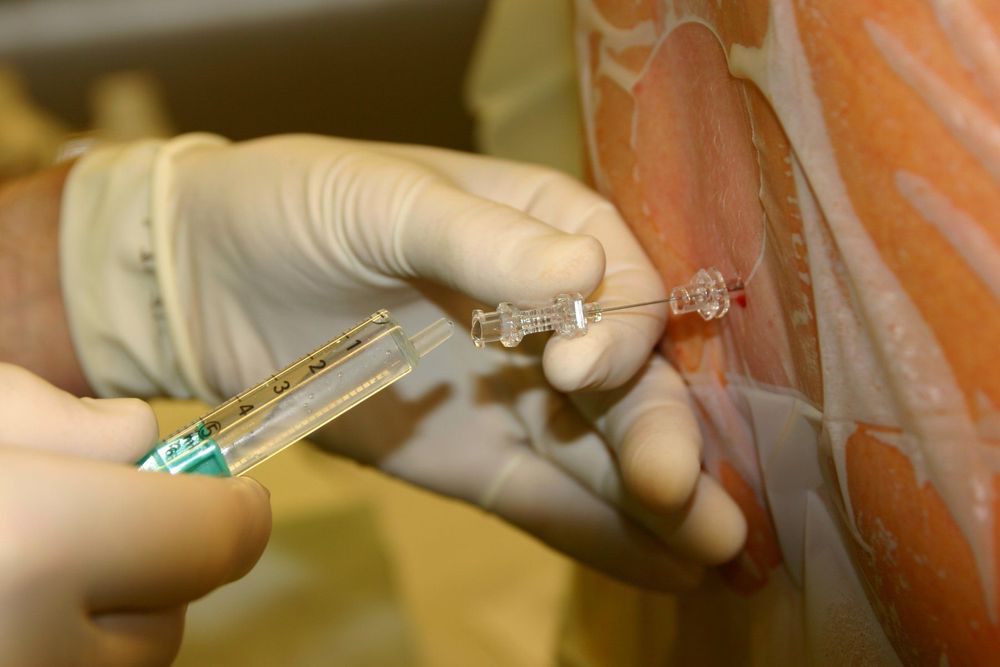
3. Spinal anesthesia procedure for bilateral inguinal hernia treatment
Intravenous infusion is effective to prevent hypotension (dose is 5-10ml/kg body weight) Patient position: + Sitting position: patient sits with back arched, head bowed, chin resting on chest, legs Stretch on the operating table or put your feet on the chair.+ Lying position: patient lies on his side, back arched, knees close to abdomen, chin resting in front of chest.
The anesthesiologist performs completely aseptic manipulations prior to spinal anesthesia. Disinfect the needle puncture area, spread a sterile tissue. Spinal anesthesia technique: midline or lateral line + Midline: Insert the spinal anesthetic needle into the space between 2 vertebrae, position from L2-L3 to L4-L5.
+ Lateral line: Insert the spinal anesthetic needle 1-2cm away from the midline, directing the needle to the middle, up, and out.
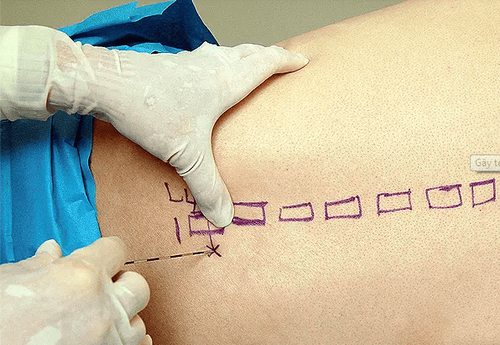
+ Insert the needle into the spinal cord until resistance is felt when the needle passes through the spinal dura.
+ Check that the anesthetic needle has entered the spinal cord by observing the cerebrospinal fluid flowing out. Then, turn the needle bevel towards the patient's head and inject the appropriate dose of anesthetic.
4. Monitoring during spinal anesthesia surgery to treat bilateral inguinal hernia
Basic vital signs such as patient consciousness, heart rate, respiratory rate, blood pressure and SpO2. The degree of sensory and motor blockade of the patient due to the effect of the anesthetic. Complications, unwanted effects of spinal anesthesia.5. Complications and how to handle them
Allergy to anesthetic This is a serious complication but the incidence is not high. Management is by stopping the anesthetic immediately and using an anti-anaphylactic regimen.Anesthesia Poisoning This is a complication caused by injecting the wrong anesthetic into a blood vessel. Treat quickly stop the anesthetic, ensure the patient's circulation and respiration. Use Intralipid if poisoning with local anesthetics bupivacaine and ropivacaine.
Lowering blood pressure, bradycardia Rehydration, use of atropine and vasopressors such as adrenaline...
Headache Treat by immobilization in place, using analgesics or possibly patching the dura with Autologous blood patch (Blood Patch)
General spinal anesthesia This is a dangerous complication because the anesthetic spreads to the entire spinal cord, causing severe respiratory and circulatory depression. Treat according to emergency protocol to stop circulation and breathing.
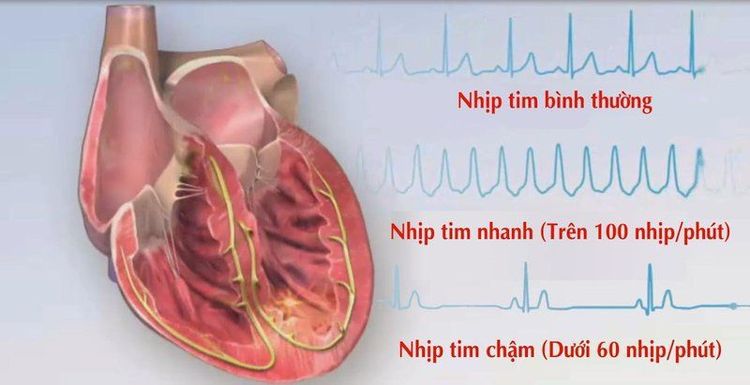
A system of modern and advanced medical equipment, possessing many of the best machines in the world, helping to detect many difficult and dangerous diseases in a short time, supporting the diagnosis and treatment of doctors the most effective. The hospital space is designed according to 5-star hotel standards, giving patients comfort, friendliness and peace of mind.
Please dial HOTLINE for more information or register for an appointment HERE. Download MyVinmec app to make appointments faster and to manage your bookings easily.





